Do you know that feeling when you spot a dish or drink on the menu that immediately piques your curiosity? That’s exactly what happened to me recently when I discovered a “hemp brownie with CBD infusion” at a small, family-run restaurant in Zurich. I thought, “Hemp in a dessert? How does that work?” and I was all in.
In recent years, something exciting has been happening: the enjoyment of hemp products is moving from specialty shops into gastronomy. Whether it’s a craft hemp beer from a Swiss brewery or a creative hemp snack in a café – the topic has long been more than just a trend. But with potential also comes responsibility: quality, origin, legal framework, consumer protection.
In this article, we’ll take a look at how hemp is being used in Swiss gastronomy – from beer to brownies – and what you should keep in mind, whether you’re enjoying it as a customer or using it as a restaurateur.
When we talk about “hemp” here, we don’t mean recreational cannabis with high THC levels, but industrial hemp, hemp components, and their use in the field of enjoyment and culinary art.
The plant itself is impressive. According to research, hemp requires little fertilizer or irrigation and grows robustly – a clear advantage compared to hops, which interests many breweries (Food Innovation Switzerland, 2024).
In gastronomy, this means: hemp leaves, flowers, or hemp oil as a flavor or texture component; hemp products like brownies, snacks, or beverages refined with hemp ingredients – and last but not least, a growing demand for alternatives among health-conscious guests.
But it’s important to note: not everything labeled “hemp” can automatically appear on a menu. According to the Federal Food Safety and Veterinary Office (BLV, n.d.), hemp extracts containing cannabinoids are considered “novel foods.” So, if you’re planning a hemp-based menu, origin, processing, and communication must be spot-on.
I still remember my first sip of hemp beer: slightly bitter, with a fine herbal note – not what I expected, but intriguing. In Switzerland, there are already breweries that use hemp flowers, such as the “Hanfblüte Naturtrüb” from the Appenzeller Brewery Locher, which includes hemp leaves and flowers in addition to hops (Brauerei Locher AG, n.d.).
The Zurich University of Applied Sciences (ZHAW) also showed in a research project that hemp can complement or even partially replace hops – with surprisingly harmonious results (Falstaff, 2024).
But it’s not just beer: hemp brownies, hemp snacks, or hemp cocktails are popping up in gastronomy – like brownies with hemp seeds or hemp oil cream. These products combine taste, novelty, and awareness. Guests want to know why hemp – not just that it’s there.
The exciting thing is that hemp offers several advantages that perfectly fit modern gastronomy – especially if you cater to guests who want to enjoy consciously.
Sustainability and regionality: hemp grows well in Switzerland, is robust against climate stress, and requires fewer resources than many other crops (Food Innovation Switzerland, 2024).
A new taste experience: a hemp beer with a subtle herbal note, a brownie with nutty hemp oil – such aromas stay in the memory.
Differentiation for your concept: in a competitive market, hemp provides a unique selling point. “Why hemp?” quickly becomes a conversation starter with guests.
Health-conscious guests: even without making any health claims, hemp fits perfectly into a concept that combines natural enjoyment and quality.
A friend of mine runs a small bar in Zurich. He tested hemp cocktails – just for one weekend. The guests were thrilled, asked lots of questions, and posted photos. That’s exactly how a trend starts: with curiosity, transparency, and good communication.
Now comes the most important part. If you use hemp products in gastronomy – or simply want to understand what’s behind them as a guest – you need to know about quality and the law.
In Switzerland, hemp plants and their components are generally permitted. However, hemp extracts or cannabinoids (like CBD) are subject to the novel food regulation (BLV, n.d.).
Hemp seeds, hemp seed oil, and hemp flour, on the other hand, are not novel and may be used (BLV, n.d.). For restaurateurs, this means: only use hemp components that are legally clear, keep THC levels below 1%, and declare products transparently (uWeed Switzerland, 2023).
Cantonal authorities also point out that CBD as a food additive is currently handled very restrictively (Kanton St. Gallen, 2023).
I remember a restaurateur in Zurich who mentioned where her hemp oil came from when serving her hemp dessert. Guests loved it – honest, friendly, and trustworthy.
If you want to work with hemp in your restaurant, here are some ideas:
Hemp beer: a hemp version as a complement to the classic range, with a short explanation on the menu (Brauerei Locher AG, n.d.).
Hemp dessert: brownie with hemp seed crunch or hemp oil cream as a topping – subtle flavor, great texture.
Hemp cocktail or mocktail: hemp-infused syrup or hemp tonic combined with regional herbs.
Hemp snack: granola or brunch bowl with hemp seeds – perfect for health-conscious guests.
My tip: start small. Try one dish or drink, observe the reactions, and develop it further. A “hemp week” as a special event draws attention. If you need certified hemp ingredients, you’ll find them at Green Passion – tested products suitable for gastronomy.
To make your hemp concept a success, a few simple rules help:
Use only tested, legal hemp products with analysis certificates and clear origin.
Don’t overload your menu – better one highlight than five hemp dishes.
Focus on flavor, not just the trend.
Communicate openly with your guests. Honesty builds trust.
Follow legal requirements, especially for CBD ingredients (Hotellerie & Gastronomie Zeitung, 2023).
If you follow these points, nothing stands in the way of an authentic, sustainable hemp offering.
Hemp has arrived in Swiss gastronomy – from beer to brownies, it opens up new flavor experiences, appeals to health-conscious guests, and offers restaurateurs an exciting opportunity to stand out. At the same time, using hemp requires responsibility: quality, origin, and transparency are key.
If you’re inspired to bring hemp into your kitchen or bar, take the first step. Start small, choose honest products, and stay curious. And if you’re looking for high-quality, lab-tested hemp ingredients, visit Green Passion – we’ll be happy to support you on your path toward more enjoyment, naturalness, and responsibility. 🌱
👉 Discover our range now and start your hemp project – for mindful enjoyment with integrity.
📚 Sources (APA 7)
Federal Food Safety and Veterinary Office (BLV). (n.d.). Cannabis and cannabidiol (CBD) in food. Retrieved October 23, 2025, from https://www.blv.admin.ch/blv/de/home/lebensmittel-und-ernaehrung/rechts-und-vollzugsgrundlagen/bewilligung-und-meldung/bewilligung/cannabis-cannabidiol.html
Food Innovation Switzerland. (2024). Brewing sustainable beer with hemp instead of hops. Retrieved from https://www.food-innovation.ch/forschung/mit-hanf-statt-hopfen-nachhaltiges-bier-brauen
Falstaff. (2024, August 12). Zurich: New beer made from hemp instead of hops. Retrieved from https://www.falstaff.com/ch/news/zuerich-neues-bier-aus-hanf-statt-hopfen
Brauerei Locher AG (Appenzeller Bier). (n.d.). Appenzeller Bier – Hanfblüte Naturtrüb. Retrieved October 23, 2025, from https://appenzellerbier.ch/de/bierspezialitaeten/app-bier-hanfbl%C3%BCte
Kanton St. Gallen. (2023). Hemp products – Information for businesses. Retrieved from https://www.sg.ch/gesundheit-soziales/verbraucherschutz/hanfprodukte.html
uWeed Switzerland. (2023). Is CBD legal in Switzerland? Retrieved from https://uweed.ch/blog/ist-cbd-legal-in-der-schweiz/
Hotellerie & Gastronomie Zeitung. (2023). Beer with hemp instead of hops. Retrieved from https://www.hotellerie-gastronomie.ch/de/artikel/bier-mit-hanf-statt-hopfen
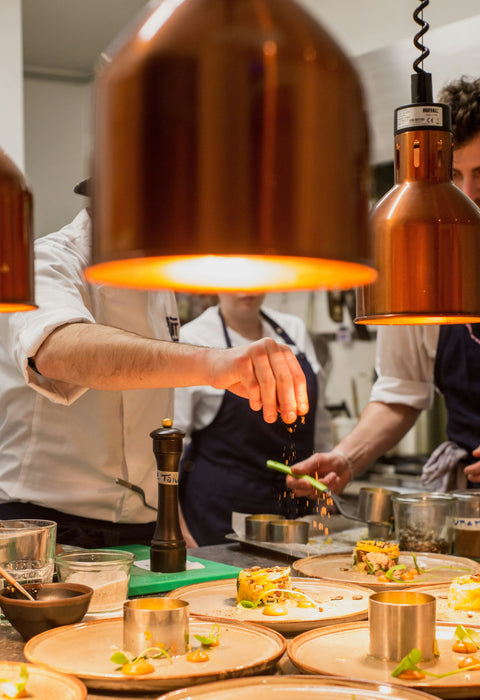

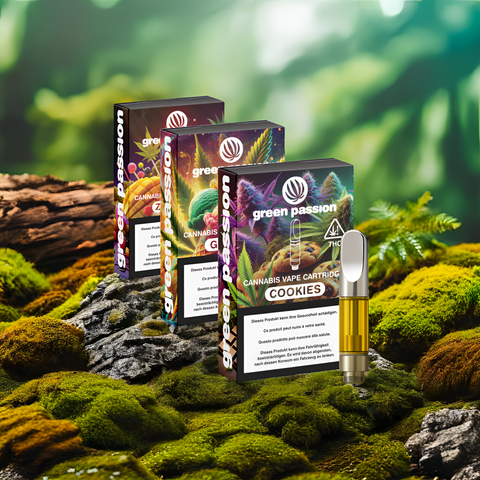

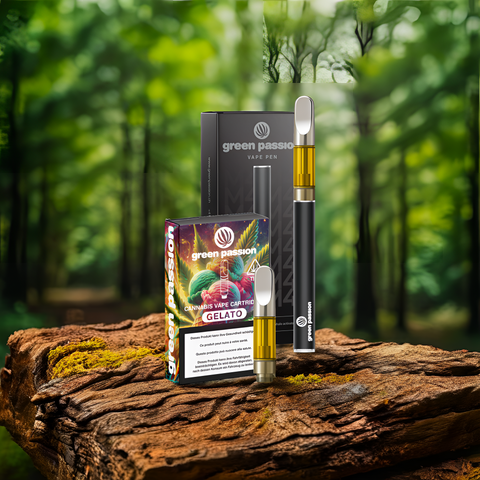
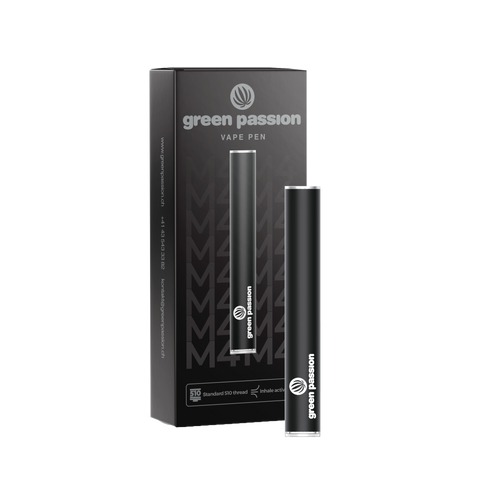

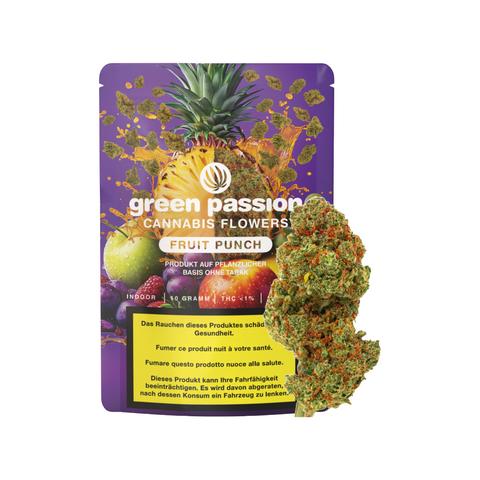
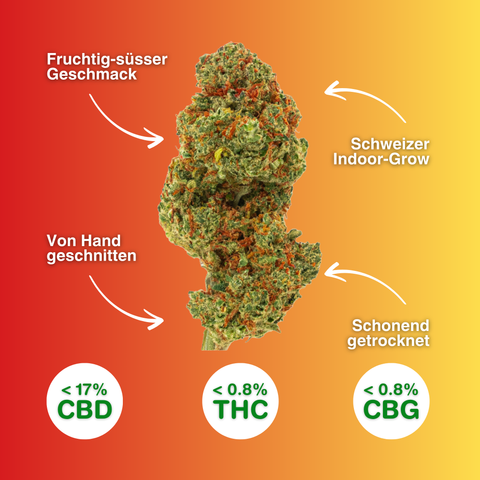
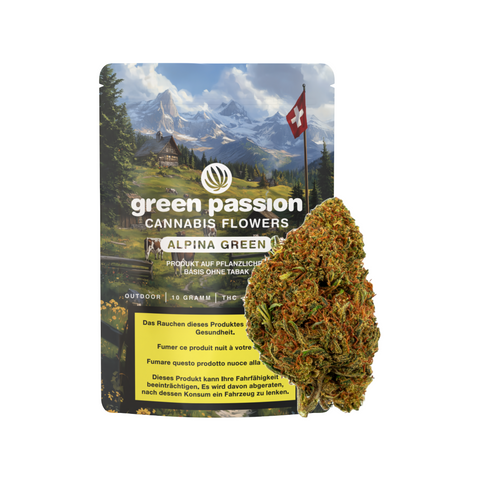
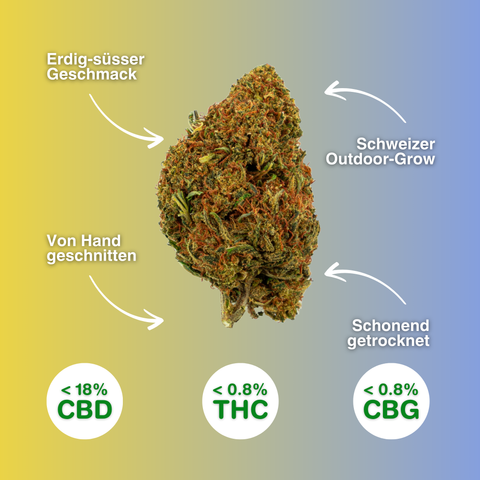
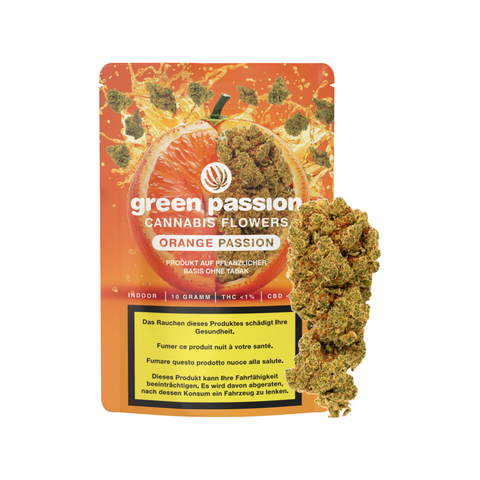
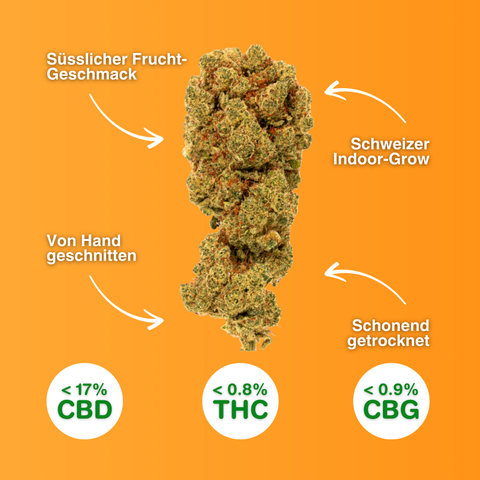
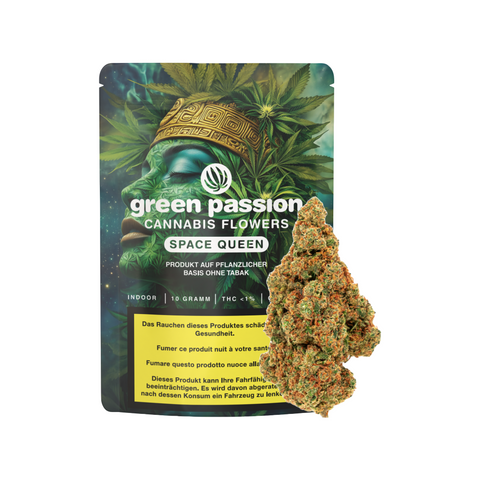
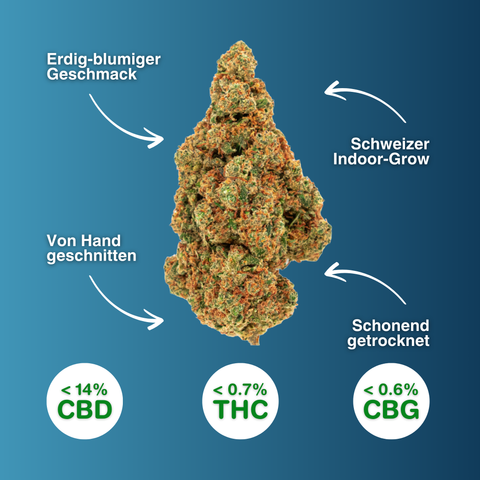
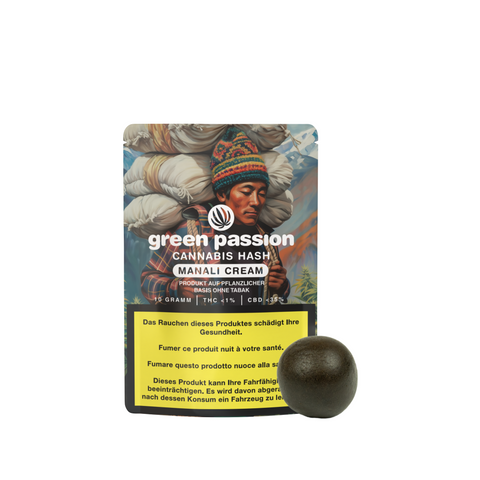
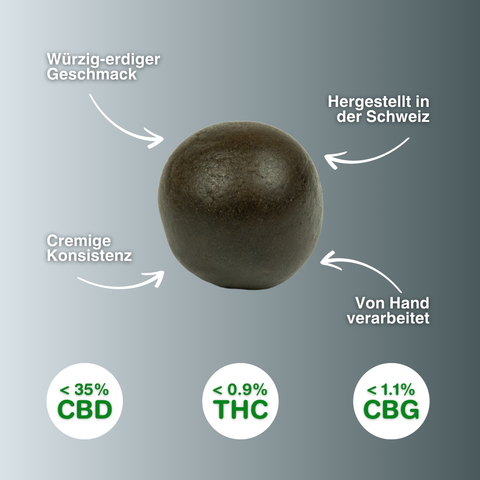

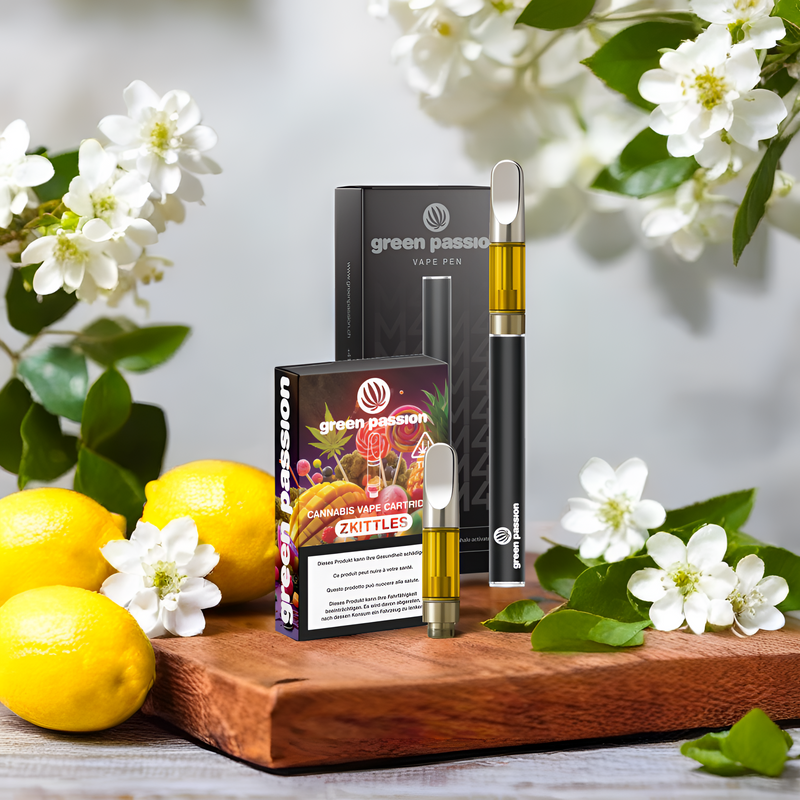
Comments (0)
There are no comments for this article. Be the first one to leave a message!